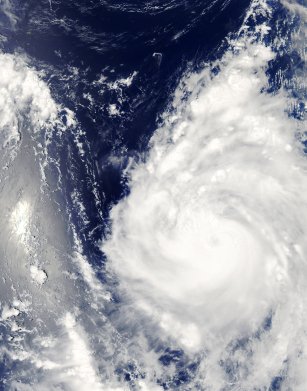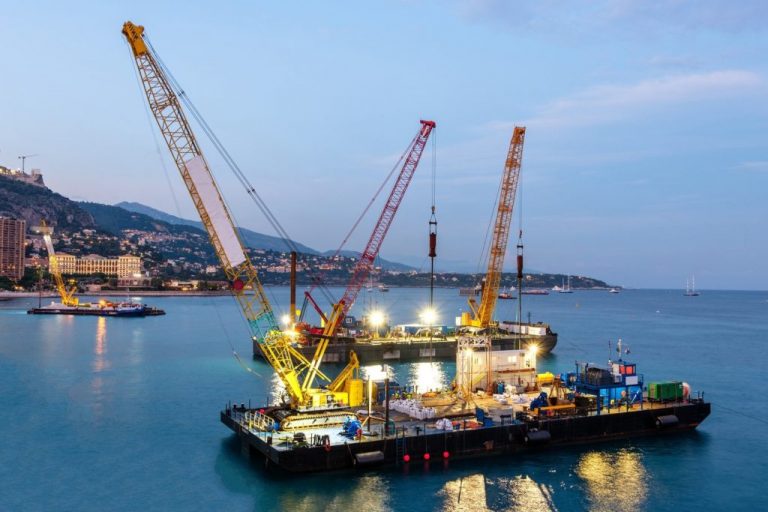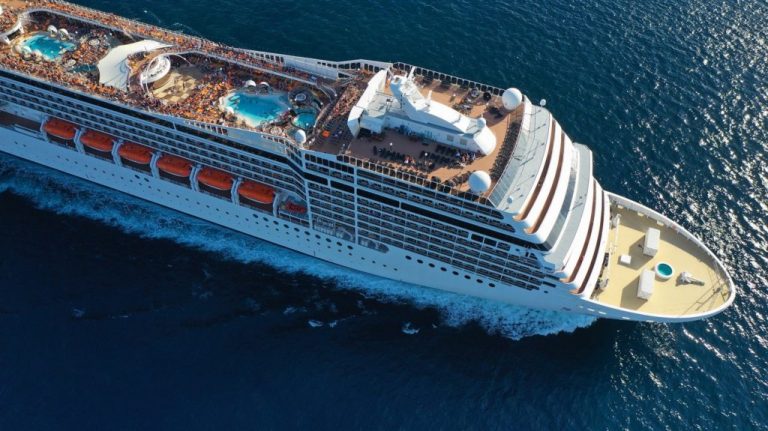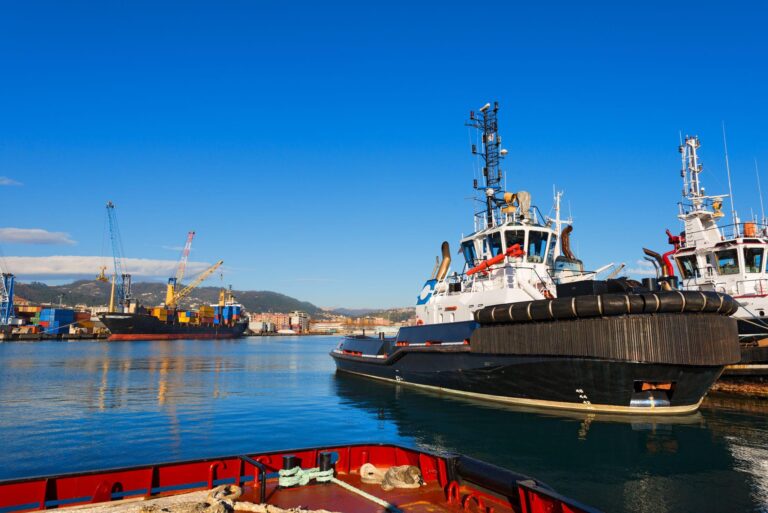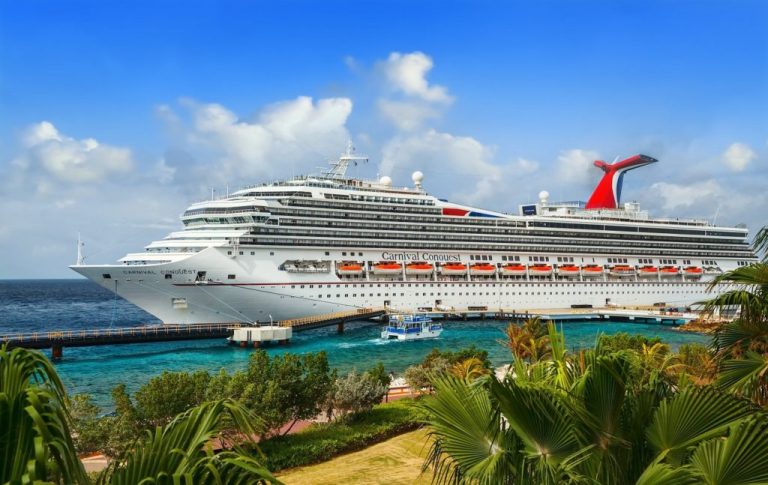Measures are already being taken to protect vessels, aircraft and workers responding to the Deepwater Horizon oil spill in the Gulf of Mexico. The storm is projected to cause a setback of current plans to capture more crude oil gushing from the Macondo well.
For example, high seas and winds from Alex pushed back the scheduled start of the Helix Producer, a ship that should double BP’s capacity to capture oil with a system of containment domes and pipes. The floating oil production and storage ship may now not be ready until mid-July.
Current hurricane warnings extend from Baffin Bay, Texas south across the mouth of the Rio Grande river to La Cruz, Mexico. But Alex’s outer wind field could push oil from the spill farther inland and hinder oil spill cleanup operations in the area. U.S. Coast Guard Admiral Thad Allen told the media that Alex could by Wednesday produce 10- to 12-foot seas in the immediate area of the response effort.
No one can be certain of the effects of the Atlantic’s first named tropical storm of the hurricane season. While the storm is forecast to land far from the site of the Deepwater Horizon well head, there is no certainty in weather predictions. If Alex turns north unexpectedly, then the storm could cause an even greater delay in oil spill cleanup efforts. Also worrisome is the possibility that Alex might now push massive amounts of crude oil farther inland than it would have previously migrated into marshes and other sensitive areas.

